Yasuaki Yamashita moved to Mexico nearly half a century ago to try to forget about his exposure to atomic-bomb radiation, but for the past 20 years he has been speaking publicly there about his experiences.
Yamashita was 6 years old and was at his home in Nagasaki when the atomic bomb was dropped on Aug. 9, 1945, reducing much of the city to dust.
His father began to help recovering bodies the following day, but about a month later he became half paralyzed and fell into coma. He died of a brain hemorrhage a decade later, having never regained consciousness.
The family struggled in poverty. To help support them, one of Yamashita’s older sisters got a job at the prefectural office after graduating from a junior high school. She delayed her marriage to enable Yamashita to go to high school.
He graduated from high school and repeatedly changed jobs over the next three years while experiencing recurrent anemia.
When he was about 20 and working as a clerk at the Japanese Red Cross Nagasaki Genbaku Hospital, an atomic-bomb survivor of the same age who was a patient there suddenly developed small spots all over his body and died the following day.
Yamashita recalled it was at that time that he became painfully aware that he was an atomic bomb victim himself, and feared a similar fate.
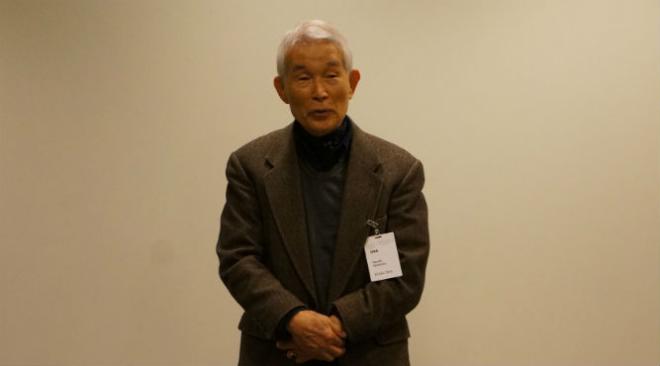

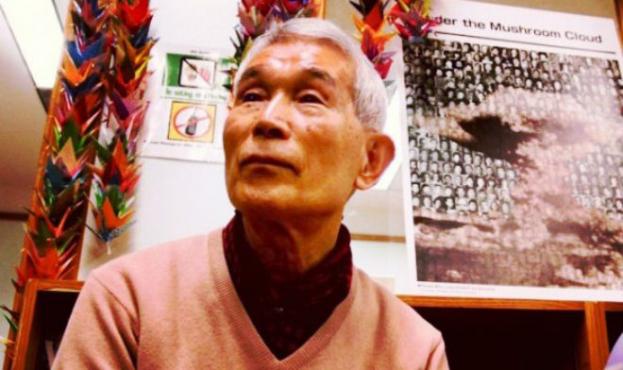
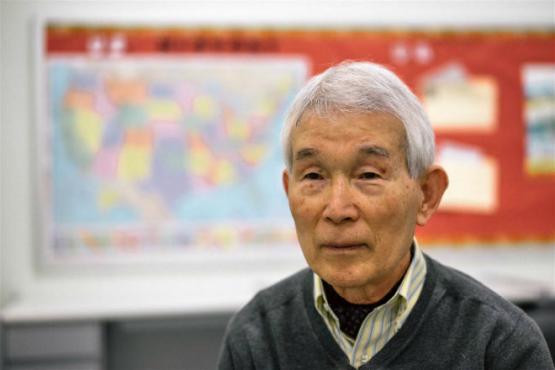
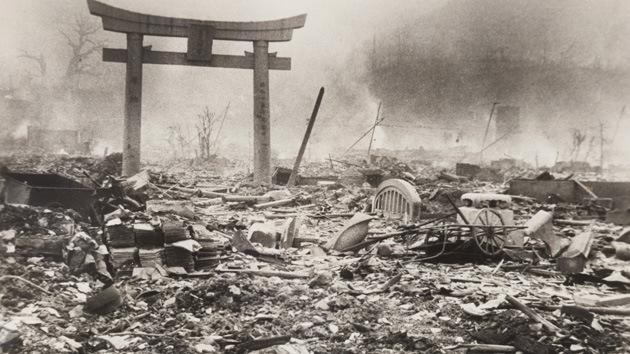
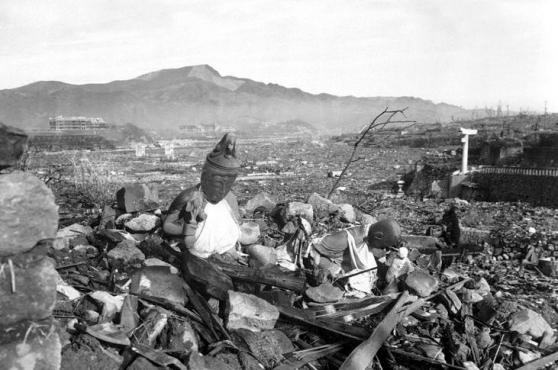
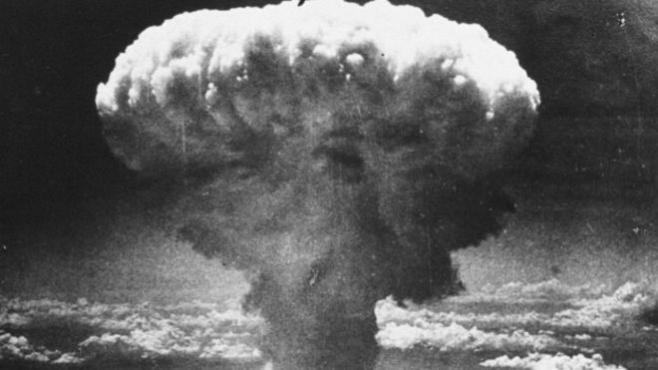
“Being afraid of the prejudice and discrimination (against hibakusha) I had seen and heard, I wanted to get out of Japan (and travel) to a new place,” Yamashita, 76, said in an interview in New York.
He became interested in Mexico, learned Spanish and left for the country in 1968 after landing a job related to the year’s Summer Olympics in Mexico City. After that event, he stayed in the country with the support of local friends, working as an interpreter or translator for Japanese companies and other clients there.
In 1995, at a time of international protests over a French nuclear test, Yamashita received a phone call from a Mexican university student who wished to hear about his experiences as an atomic-bomb survivor.
He turned down the request but the student persisted, and Yamashita eventually agreed to speak publicly about his experiences for the first time at the age of 56.
“I felt relieved because the students listened to me attentively, and I found it necessary to talk to more people about my experiences.”
Yamashita has continued relating his experience ever since then, in the hopes that he can contribute to ridding the world of nuclear weapons.
“I’m hoping so, having been healed myself by talking about my experiences,” said Yamashita, who now lives in San Miguel de Allende in central Mexico.
Source: http://mexicocalling.blogspot.mx
